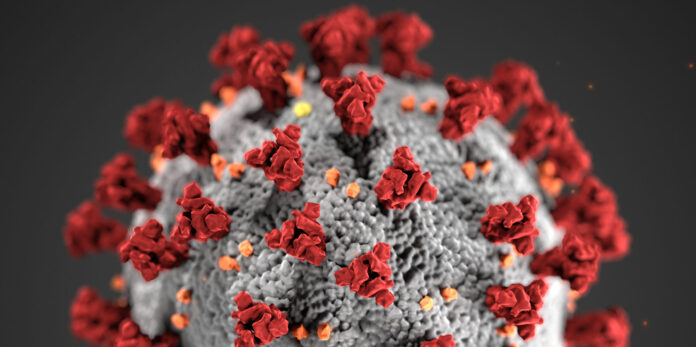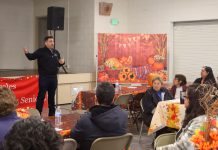MONTEREY COUNTY — Monterey County Health Department announced earlier this week that “sufficient progress” has been made vaccinating Phase 1a health care workers, and that providers may now begin to offer Covid-19 vaccine to residents age 75 years or older in Phase 1b, Tier 1 of the California Covid-19 Vaccine Plan.
“After consulting with representatives from our local health care community and reviewing data provided by the Centers for Disease Control and Prevention, we believe that prioritizing people 75 years of age and older at this time will save the most lives,” said Dr. Edward Moreno, the county’s health officer, in a news release Monday.
Vaccination efforts, however, will continue to reach the remaining health care workers in Phase 1a.
Monterey County receives 2,000 to 4,000 doses of vaccine each week, half of which must be used for the second dose in the vaccine series, so supplies are still limited, the county said.
“Local medical providers may not have enough vaccine to begin immunizing their patients 75 years and older right away,” the health department stated in the release. “Options for those 75 and older to get vaccinated in the coming weeks will include community-based clinics, health care provider offices, local hospitals and some pharmacies. Monterey County Health Department will schedule community-based clinics when new shipments of vaccine are received.”
The county plans to update its vaccine appointment registration website, montereycountycovid19.com, as community-based clinics are scheduled.
As of Jan. 20, Monterey County had been allocated a total of 31,525 doses of the Pfizer and Moderna vaccines. According to California Immunization Registry, there have been 11,449 doses administered within the county; however, Moreno noted that was an incomplete count.
Back to the purple tier
On Monday, California Department of Public Health ended the statewide stay-at-home order, meaning counties would return to the reopening tier system, most being assigned to the purple tier, the most restrictive, including Monterey County.
Statewide, the ICU bed capacity is projected to be 30.3% for the next four weeks, and the Bay Area region, in which Monterey County is included, has a projection of 25%.
“California is slowly starting to emerge from the most dangerous surge of this pandemic yet, which is the light at the end of the tunnel we’ve been hoping for,” said California Health and Human Services Secretary Dr. Mark Ghaly. “Seven weeks ago, our hospitals and front-line medical workers were stretched to their limits, but Californians heard the urgent message to stay home when possible and our surge after the December holidays did not overwhelm the health care system to the degree we had feared.”
The shift from a stay-at-home order to the purple rating within the tier system means some outdoor services, such as outdoor dining, can resume. Indoor personal services, such as hair and nail salons and barbers, may reopen with restrictions, as well.
New variants emerging
While projections look positive for the state and region, new variants of Covid-19 have emerged and are being tracked by the state, with local samples being provided by Monterey County from positive Covid-19 cases in order to track the spread and characteristics of variants.
“There are hundreds of variants that have been identified through genomic sequencing in the United States,” Moreno said during a press briefing Jan. 20. “B117 is one variant that has shown to be more transmissible than the early strains of (Covid-19).”
Moreno explained the concern with B117 is that it is passed more easily between people and could impact positive projections by causing an escalation in cases, once again seeing a severe impact in California hospitals.
“We don’t have enough surveillance of samples in California to say definitively how prevalent this strain is,” he said. “But speaking with folks from the state, it sounds like a very low percentage of cases are caused by the B117 variant.”
According to Moreno, there are many variants of Covid-19, and both the county and state are monitoring their spread in order to plan for how to respond to them within the ongoing pandemic.
“What I want people to understand is that it’s still very important that we all continue to practice measures that can reduce transmission of the Covid-19 virus,” he said. “Stay home as much as possible, wear face coverings when you leave the house, keep our distance and wash our hands.”
Another notable variant, Moreno noted, was L452R.
“This variant has been detected in California since November 2020 and has recently been responsible for outbreaks at skilled nursing facilities in Santa Clara County primarily,” he said.
The new variant has also been found in the counties of Humbolt, Lake, Los Angeles, Mono, Orange, Riverside, San Francisco, San Bernadino, San Diego and San Luis Obispo and has now been detected in Monterey County.
“What the state is looking at is whether this particular variant has a different transmissibility and whether or not this particular variant is associated with greater risk for serious illness or whether it has the same risk for serious illness among Californians,” Moreno said.
Ryan Cronk contributed to this article.














